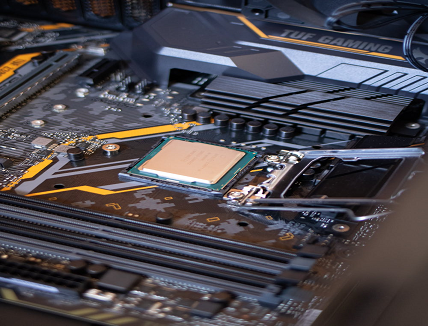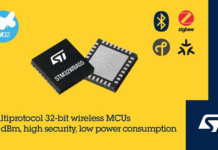
The most important aspect of our smartphones is the Image Signal Processor or ISP, which is a part made up of silicon and is inserted in the smartphone’s chipset or CPU; whenever we take a snapshot in our phone, this image signal processor, processor the image and produce it in a digital manner.
According to the reports published, image processing is a huge market that is said to earn USD 8.2 billion by the year 2030. In conjunction with the software and operating system of the phone, extra enhancements and special effects can be applied to photographs during the photo-capturing process as well as after they have been captured.
These features include distinguishing faces, applying filters, capturing panoramic scenes, and identifying objects. If the mobile device in question contains an internal GPS chipset, the images will also be geo-tagged with the GPS coordinates of the location at which the photograph was taken, which is quite common these days, as people are well aware of it, as they find the location tag on the image captured with their smartphone.
Even when using SIMD or MIMD technology, image processors frequently make use of parallel computing in order to boost both their speed and their efficiency. The digital image processing engine is capable of carrying out a wide variety of functions. In order to improve the level of system integration on embedded devices, a system on a chip that utilizes multi-core processor architecture is frequently used.
Technology Analysis for Image Signal Processors
As discussed in the earlier section of this article, an image signal processor, often known as an ISP, is a component of a camera system that is responsible for converting an image into its digital equivalent while also executing operations on it to enhance the image or extract information that is of use.
A visual processing unit (VPU) is a microprocessor form that uses machine learning and artificial intelligence to generate high-resolution images involving ambient light, often known as the near environment while consuming less power than other types of processors. It is anticipated that the automobile division will maintain its preeminent position in the market throughout the time under consideration. The widespread implementation of advanced driver-assistance systems (ADAS) and entertainment systems is the primary factor influencing the expansion of the automobile industry, eventually leading the image signal processor market forward. This applies to both electric and conventionally powered vehicles, as all types of vehicles include image signal processors.
The image sensor is responsible for converting the light that was gathered by an optical lens into an electronic representation, which is then sent to ISP. Not only does ISP transform raw photos, but it also improves the illumination and image quality in the process. In order to accomplish this, the camera module incorporates additional lights, and the raw image is processed using a sophisticated image signal processor (ISP).
With this, the Image Signal Processor market growth is likely to develop significantly due to an increase in the utilization of image signal processors and vision processor systems across various industrial verticals, such as consumer electronics, healthcare, automotive, and manufacturing. This is likely to be the primary factor driving the expansion of the market.
What makes the image signal processor market grow?
The share of the global market for image signal processors is affected by a number of different factors. In advanced driver-assistance systems (ADAS) and infotainment systems, there is an increasing demand for visual analytics to convert raw data into a visible image, as well as an expanding demand for high-power processing.
Image signal processor market opportunities are also included in these systems. It is anticipated that the image signal processor industry will expand in the coming years due to the reduced size of systems on a chip (SoCs) and improvements in artificial intelligence (AI) technology.
During the analysis of the image signal processor market, the primary factors driving the growth are increasing demand for high computational capabilities, increasing demand for computer vision applications, an increasing acceptance of artificial intelligence and machine learning technologies, and rising demand for ASICs.
Opportunities in the global image signal processor market
Image sensor advancements aim to improve image quality by reducing noise, increasing pixel density on the sensor, and making the most of the available space on the sensor platform. As image sensors become more prevalent in robotic surgery systems as well as surgical navigation and guidance systems, the importance of characteristics such as depth sensing will become increasingly important to these applications.
The different advancements that the various stakeholders have made in the ecosystem also present a large number of chances for the development of image sensors. For instance, beginning in January 2022 and continuing ahead, the leading players in the image sensor market witnessed around 23 new product releases, which is an indication of the immense opportunities in the said market segment.
With all these technological advancements and the increased demand from every segment, the global image sensors market is said to be one of the biggest revenue earners in the upcoming times, showing a healthy growth rate.

















